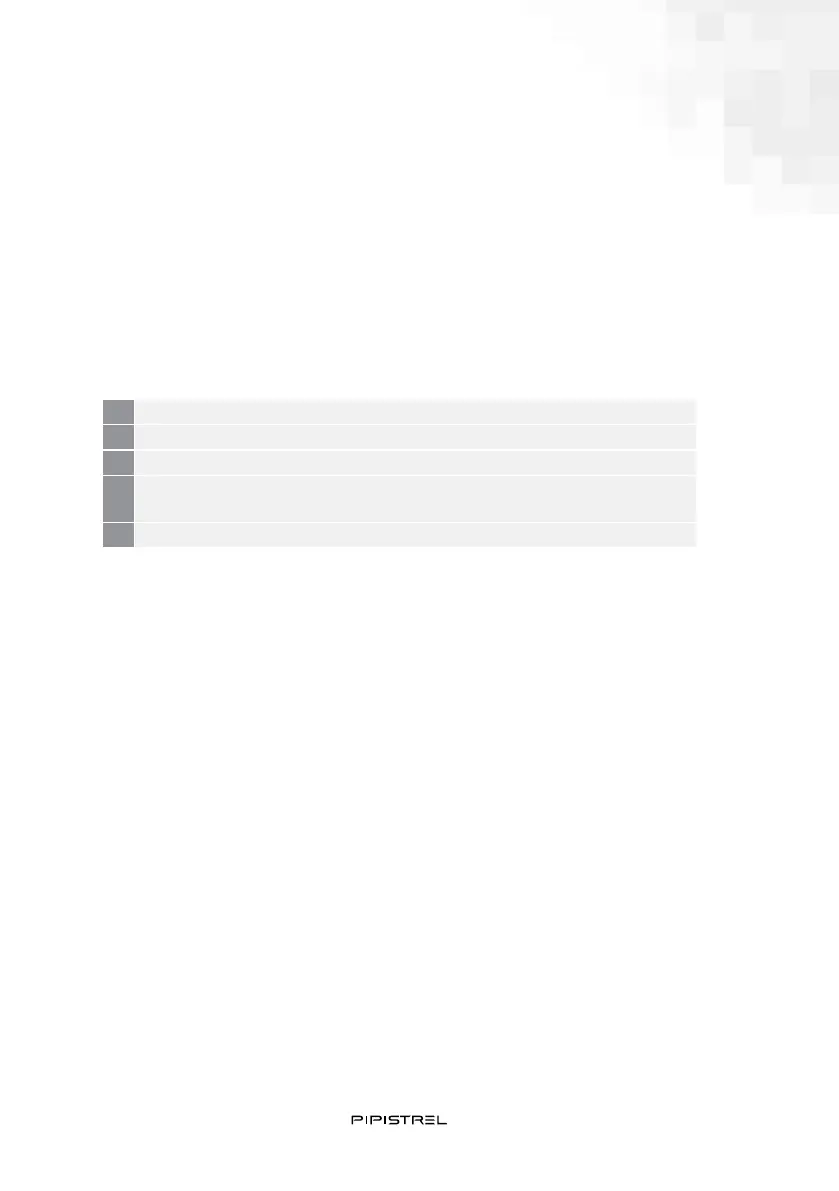8-10
PAGE
ALPHA Trainer LSA
Pilot Operating Handbook
POH-162-00-40-001
PAGE REV. 0
SECTION 8
HANDLING AND SERVICING
8.7 CLEANING
8.7.1. CLEANING EXTERIOR SURFACES
The airplane should be washed with a mild soap and water. Harsh abrasives
or alkaline soaps or detergents could make scratches on painted or plastic
surfaces. Cover static ports and other areas where cleaning solution could
cause damage. Be sure to remove the static port covers before flight.
NOTE: Prior to cleaning, place the airplane in a shaded area to allow the
surfaces to cool.
To wash the airplane, use the following procedure:
1 Flush away loose dirt with water
2 Apply cleaning solution with a soft cloth, a sponge or a soft bristle
3 To remove exhaust stains, allow the solution to remain on the surface
4
To remove stubborn grease, use a cloth dampened with degreaser or
naphtha.
5 Rinse all surfaces thoroughly.
Any good silicone free automotive wax may be used to preserve paint-
ed surfaces. Soft cleaning cloths or a chamois should be used to prevent
scratches when cleaning or polishing. A heavier coating of wax on the lead-
ing surfaces will reduce the abrasion problems in these areas. Pledge spray
is recommended to be applied once the surface is clean and can be used
instead of waxing.
Windscreen and Windows
Before cleaning lexan surfaces, rinse away all dirt particles before applying
cloth or chamois. Never rub dry lexan. Do not attempt to polish lexan.
CAUTION: Clean windshield and windows only with a solvent free, none
abrasive, antistatic cleaner. Do not use gasoline, alcohol, benzene, carbon
tetrachloride, thinner, acetone, or glass window cleaning sprays. Use only
a nonabrasive cotton cloth or genuine chamois to clean acrylic windows.
Pledge spray is, however, recommended to be applied once the windshield
is clean.
NOTE: Wiping with a circular motion can cause glare rings. Use an up and
down wiping motion to prevent this. To prevent scratching from dirt that has
